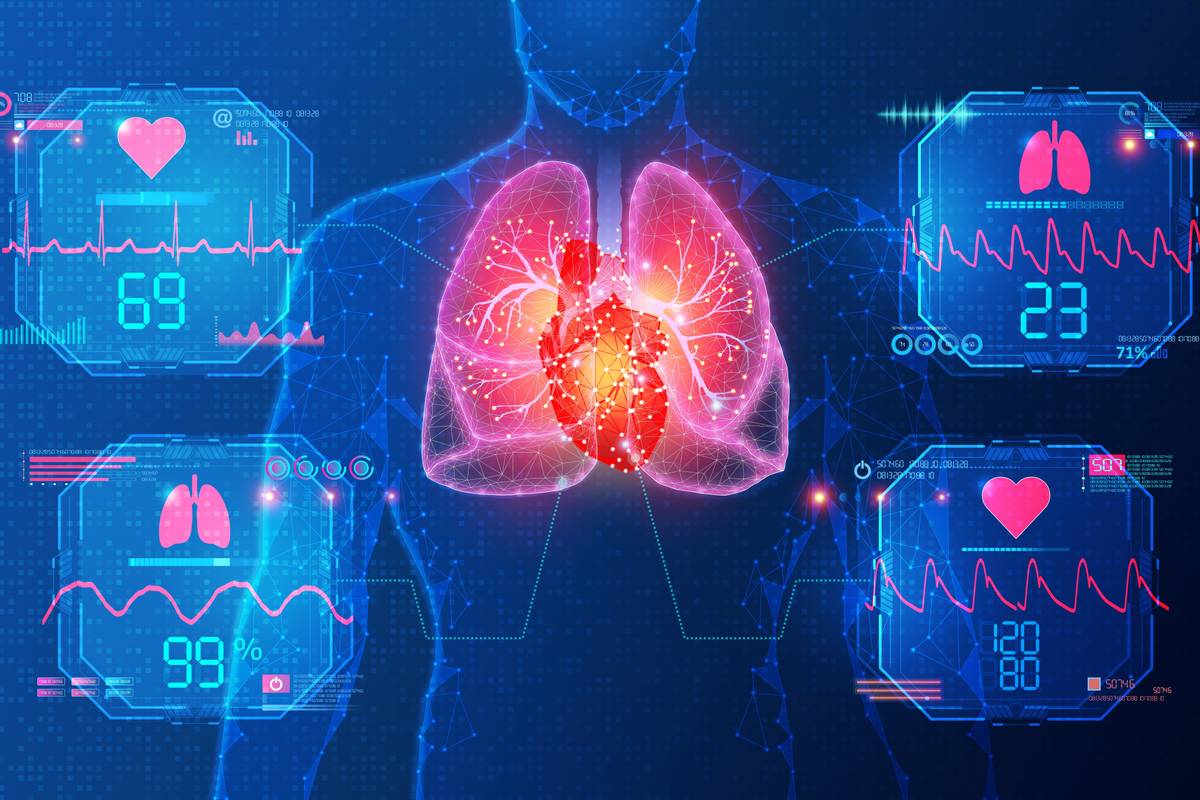Nanocomposite Seaweed Sensors for Acute Health Monitoring
Nanocomposite seaweed sensors for acute health monitoring

Background
Generating real-time data to better understand state of health can help deliver higher‑quality and more tailored care. Healthcare technologies that deliver high precision and operate with minimal invasiveness are vital to enable this to happen.
Nanomaterials developed by the University of Sussex have been combined with seaweeds to create highly‑accurate sensory technology. These ‘seaweed sensors’ offer a new wearable technology which tracks blood pressure, pulse, breathing and joint movement in real time.
Technology Overview
Nanocomposites are soft, stretchy, elastic polymer-based materials with a nanomaterial mixed into them. A team at the University of Sussex have developed a new type of health sensor – such as those worn by runners or patients to monitor heart rate and temperature – using natural elements like rock salt, water and seaweed, but importantly, combined with graphene.
The team at Sussex has developed biodegradable, food-based, nanocomposite sensing materials based on seaweed polymers that result in the polymer coagulating to form spherical ‘capsules’ of material. This method is commonly used in the restaurant industry to create edible capsules of food with food-based jam centres. For this project, the team filled the capsules with graphene ink which makes the materials electrically conducting.
Nanocomposites have been shown to be highly sensitive. This makes the technology potentially very useful at measuring joint or muscular movements, speech, breathing, pulse and blood pressure in real-time, and more efficiently than sensors currently commonly used by healthcare and the healthcare market.
Most sensing materials require harsh solvents and apply unsustainable polymers. Because the team at Sussex have developed sensors made with ingredients found in nature, this makes them more environmentally friendly than commonly used rubber and plastic-based alternatives. Their natural composition also places them within the emerging scientific field of edible electronics – electronic devices that are safe for a person to consume.
The UK government and UK Research and Innovation have identified Advanced Materials as a key strategic priority for combatting societal challenges, including healthcare. The development of nanotechnologies is shaping a new generation of sensory devices which have an implication for monitoring health, biomechanical and engineering performance.
Further Details
- Edible electronics: How a seaweed second skin | EurekAlert!
- Article
Benefits
Highly accurate sensory technology to measure heart-rate, blood pressure, breathing and muscular movements which are:
- Made from a sustainable material
- Can outperform and compete with other more advanced and costly technologies in development
- Developed to offer a high rate of accuracy when monitoring physiology and fun
- Developed specifically as a wearable technology
- Could be adapted as a connected technology
Applications
- Sports science
- Health monitoring settings
- Wearable technologies
Opportunity
- Collaborate with the university and test this technology in your health area
- Invest in this technology to be at the cutting edge of health monitoring
- License this technology and be one of the first to use seaweed nanomaterial technology in your health monitoring devices